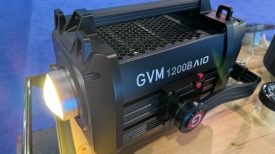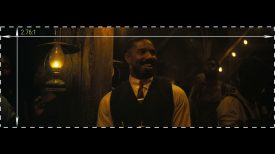
When the Canon 5D mkII burst onto the scene in 2008, it was nothing short of a revelation for video shooters. I never use the term game changer, but the 5D mkII truly was. Canon added video recording after a request by AP and Reuters for a camera that was capable of shooting both stills and video. Little did they know that this small addition to a stills camera would change our industry forever.
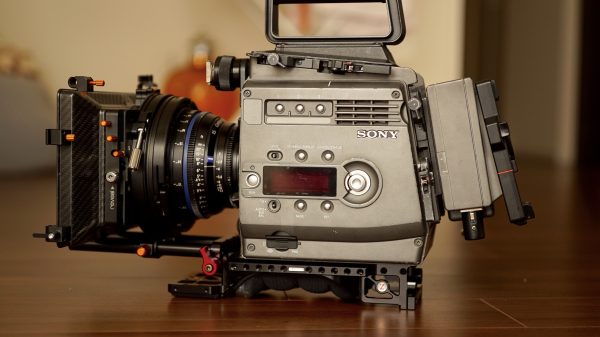
Back in 2008, your options for digitally shooting cinematic progressive video with a shallow depth of field were both limited and very expensive. Sony had released the Super 35mm CineAlta F35 with a whopping price point of $250,000 US, and a year earlier a small company of entrepreneurs in a warehouse released the RED One. It had a 4K Mysterium sensor and could capture 4K images at up to 60 frames per second in the proprietary Redcode format. The Red One was arguably the first semi-affordable camera that provided filmmakers out-of-the-box functionality with the “feature film quality” known to much more expensive 35mm film cameras, but it was still thousands of dollars.
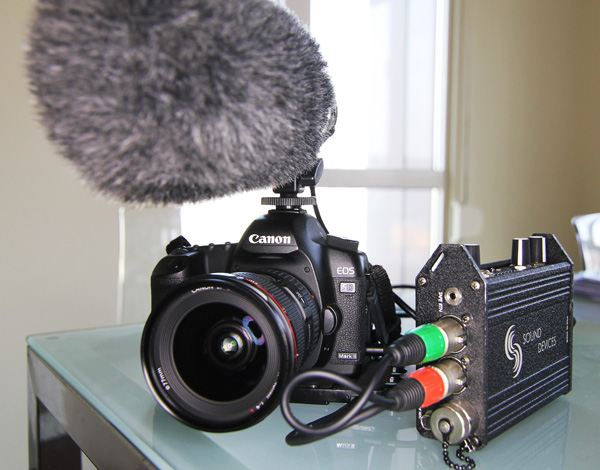
The release of the 5D mkII suddenly allowed shooters to capture a full frame look, in a tiny camera using affordable stills glass. For the first time, an option capturing cinematic looking video was available at a price point that most people could afford. At launch the camera could originally only record in 30P; it wasn’t till 2010 that Canon enabled 24P and 25P capability.
At the time the 5D mkII was released I was shooting for Al Jazeera using 2/3” Sony broadcast cameras. I had been looking at the RED One and 35mm DOF adapters, but at the time I believed they were either too expensive, or too impractical to use. The 5D mkII was great, but the lack of 25P recording meant it was totally unsuitable for broadcast in PAL countries. I waited patiently and on the 1st September 2009 Canon announced the 7D. While this camera wasn’t full frame and was only APS-C, it was possible to select frame rates from: 30p (29.97), 25p, and 24p (23.976), as well as 60p (59.94) and 50p at 720p. The 7D, like the 5D mkII, was a revelation for me and opened up an entirely new world of creative possibilities. In late 2009 I shot what was arguably the world’s first ever international broadcast news story completely captured on a DSLR.
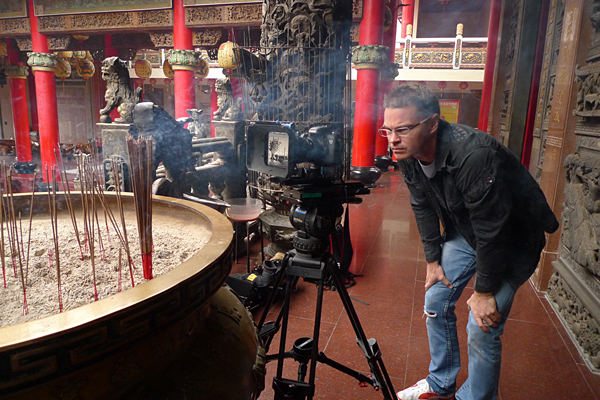
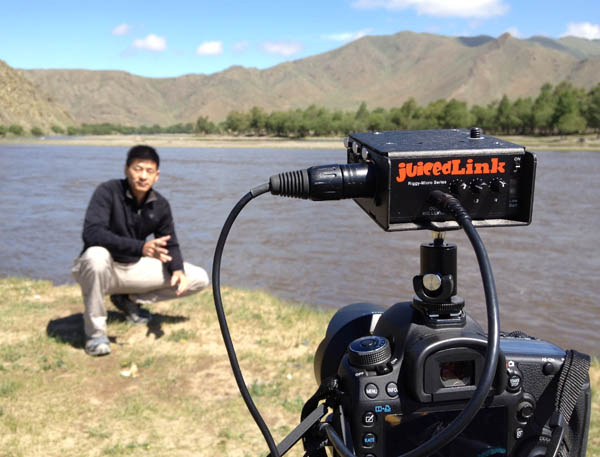
Using DSLR cameras wasn’t without its problems. in 2009 there were only a handful of accessories available and the audio recording capabilities were challenging to say the least. For the first broadcast news story I shot on a DSLR, I used my Sony XDCAM camera to record all the audio, which I then had to sync up manually to the vision captured on the 7D. For shooting news this type of workflow was hardly ideal, but I persisted with it because of the imagery I could obtain.
The 7D and the 5D mkII (once it got 24P and 25P in early 2010) soon became my cameras of choice, and eventually I was shooting 90 per cent of my news jobs on a DSLR. I continued using a DSLR up until the Sony F3 became available in early 2011. I think, like many professional shooters, that the DSLR was just a stopgap solution, until something better came along.
The DSLR revolution wasn’t without its critics. Shooters who had invested heavily in professional equipment suddenly in some cases found themselves having to compete against a 20-year-old with a $3000 camera. Some production companies and producers saw this as an opportunity to vastly cut budgets and hire someone for a lot less money. By making it affordable, Canon put a professional camera within reach of a whole new market. While we can debate the merits of what this has done to competition and rates, it is clear that the camera changed everything.
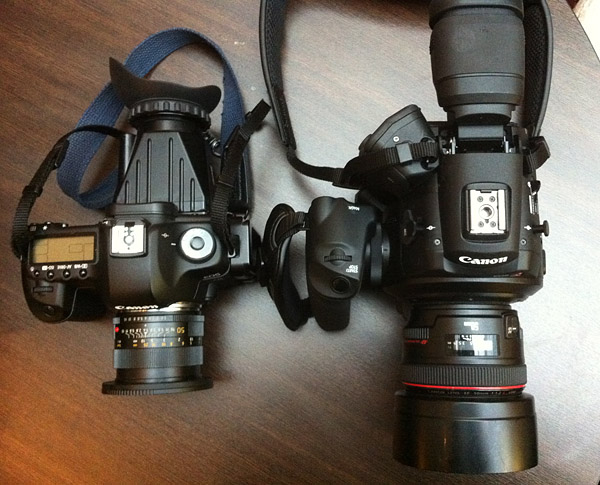
Canon deserves a lot of credit. Without the introduction of the 5D mkII, who knows what cameras we would be shooting on today? The 5D changed the landscape and forced a lot of manufacturers to come up with affordable large sensor cameras. It also spawned a huge accessories market, and countless companies emerged making everything from camera rigs to sliders and dollies.
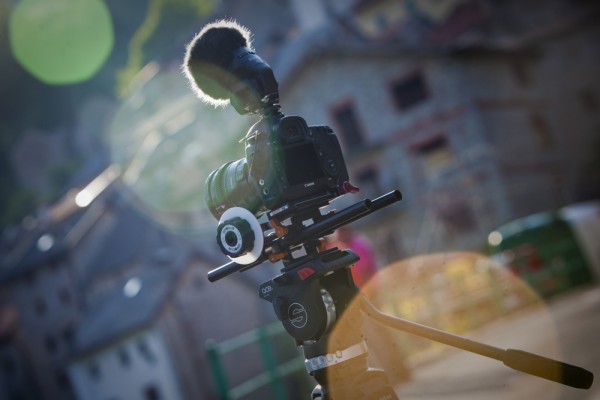
The slow death of the 5D for video work began the day Canon announced the Cinema EOS C300. From that point onwards, Canon’s strategy was that if you wanted a video camera that used a Super 35mm sensor, had proper XLR audio inputs and SDI in/out then you shouldn’t be buying their 5D. Still, fans of the 5D mkII waited patiently until 2012 for the release of the 5D mkIII. Most users were disappointed by the specifications and were expecting the camera to be a vast improvement on the Mark II, but sadly it wasn’t. What some people forget is that Canon is a business, and businesses are designed to make money. It would have made no sense for Canon to offer features and functionality in the 5D mkIII that were the same as those found in the much more expensive C300 and C100 Cinema EOS cameras.
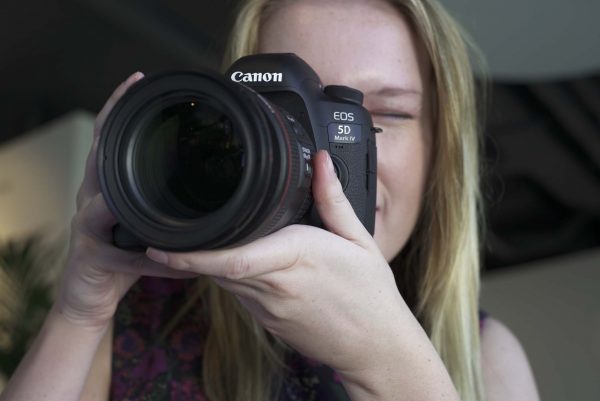
This brings me to the recent announcement of the Canon 5D mkIV. Almost eight years after the initial release of the Mark II, a lot has changed and the camera market has become increasingly crowded and competitive. The video specifications for the Mark IV are quite underwhelming, despite it being able to record 4K internally. With dedicated Super 35mm cameras available for marginally more money, the days of professional video shooters using DSLRs as their main camera are clearly numbered.
There will always be a place for the DSLR, and we shouldn’t forget the camera that, like it or not, changed our industry forever. For multimedia shooters, a camera like the 5D mkIV still makes a lot of sense, but if you are just shooting video there are a lot better options. The 5D may not be the goto camera it once was, but we owe it a lot, and like any great pioneer it deserves our respect.




